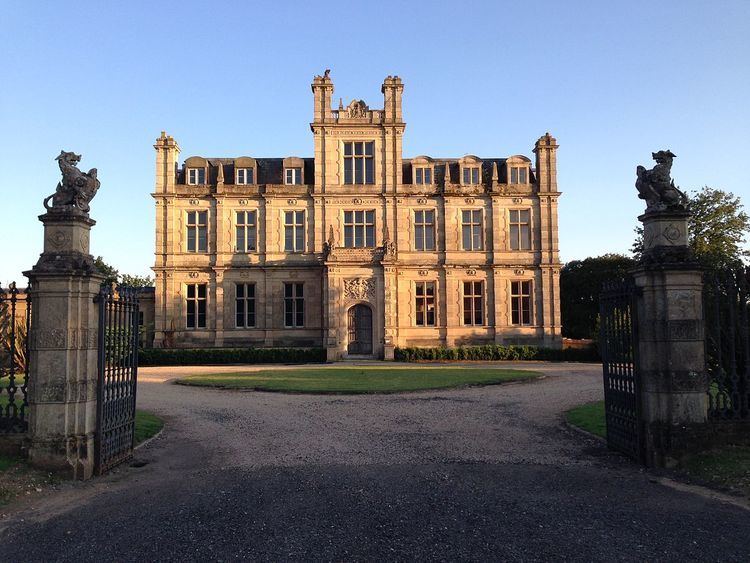Address Dereham NR20 4RL, UK | Phone +44 1362 688365 | |
 | ||
Similar Lenwade House, Hunter's Hall, Barnham Broom, Elsing Hall, Norfolk Fire and Rescue S | ||
Tango improvisation bylaugh hall 2006
Bylaugh Hall, also known as Bylaugh Park, is a country house situated in the village of Bylaugh in Norfolk, England.
Contents
- Tango improvisation bylaugh hall 2006
- Eleonora simoes john rownan bylaugh hall
- History
- Present use
- References
Eleonora simoes john rownan bylaugh hall
History
The estate was acquired by Sir John Lombe in 1796. There is some uncertainty regarding the exact nature of the transaction. The unsubstantiated traditional story is that he won it from the former owner, Richard Lloyd, in a card game, after Lloyd's butler drugged his wine, but a more prosaic explanation seems likely. Sir John died childless in 1817 and the estate passed to his brother Edward, together with a large sum of money left by Sir John in trust for the construction of a new mansion house.
After a long delay it was eventually necessary for the Court of Chancery to intervene and order the use of the trust funds for their appointed purpose, and the architects Charles Barry, Jr. and Robert Richardson Banks were at length commissioned to design a suitable house. William Andrews Nesfield advised on the position of the house, and was responsible for laying out the grounds and gardens. The clock tower and surrounding buildings are vaguely reminiscent of the new Houses of Parliament which were designed by Sir Charles Barry, Sr.
The house was completed in about 1851. Along with the Houses of Parliament, it was amongst the first buildings ever to employ steel girders in the supporting structure. The exterior stonework, including the balustrades and the terrace walling, are of magnesian limestone. At this time the estate was the third largest in Norfolk, containing over 19,000 acres (77 km²).
In 1889 the estate was purchased by William Knox D'Arcy.
During the Second World War, Bylaugh Hall was requisitioned by the RAF as the headquarters of 100 (Bomber Support) Group.
By 1950, the house was in disrepair. It was stripped of its lead and interior fittings, and abandoned.
The Hall and outbuildings (as of 1 July 2009) were the subject of ongoing financial problems that resulted in the complete repossession of the buildings and the apparent loss of deposits by a number of customers.
Feb 2013: The house was finally put up for sale.
Present use
March 2014: The Hall and outbuildings are now once again in private hands.
